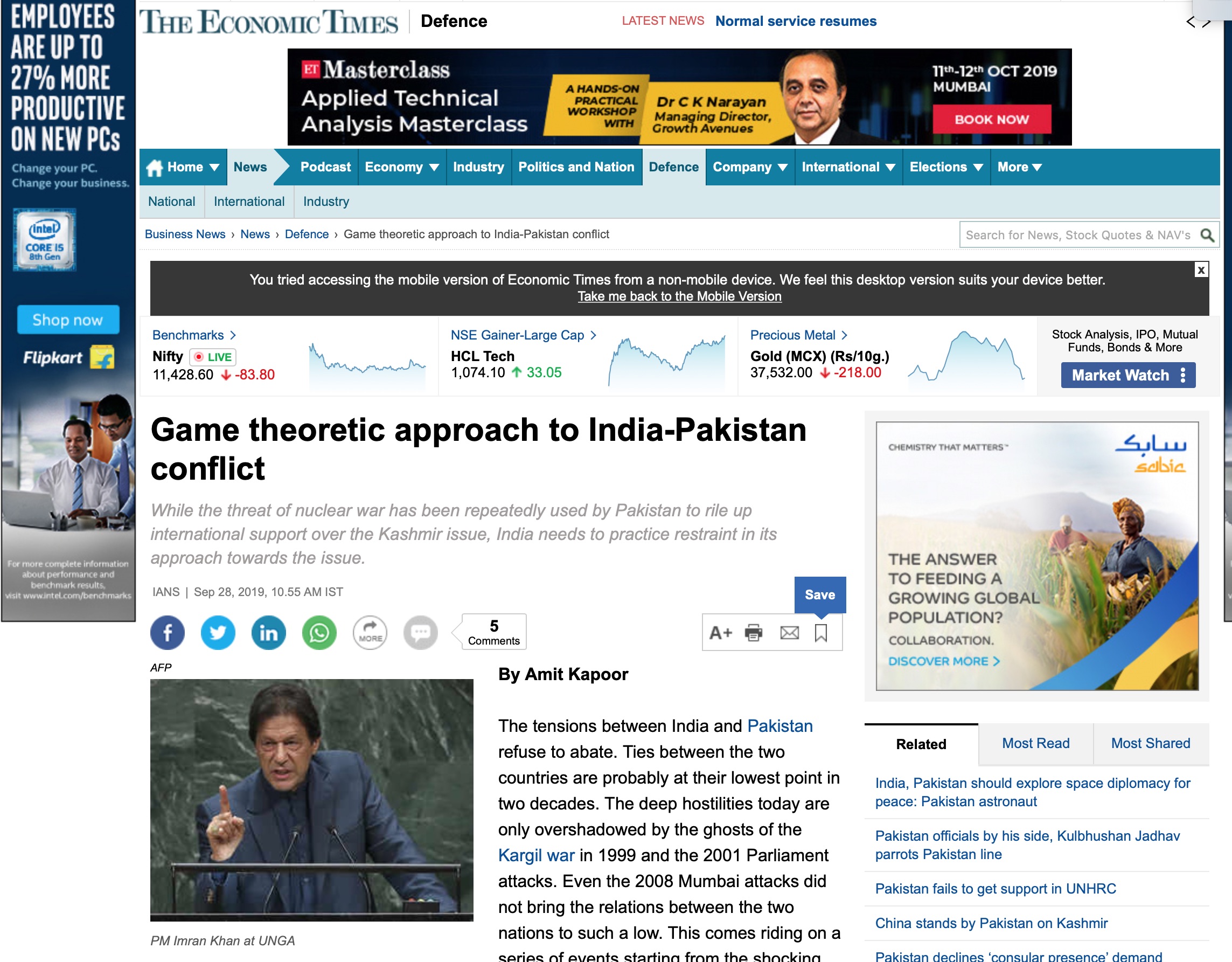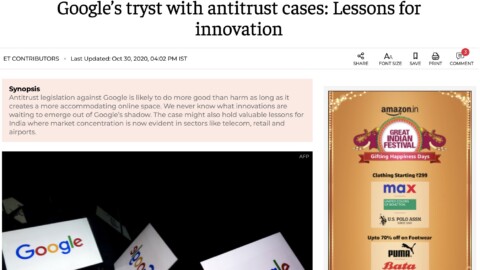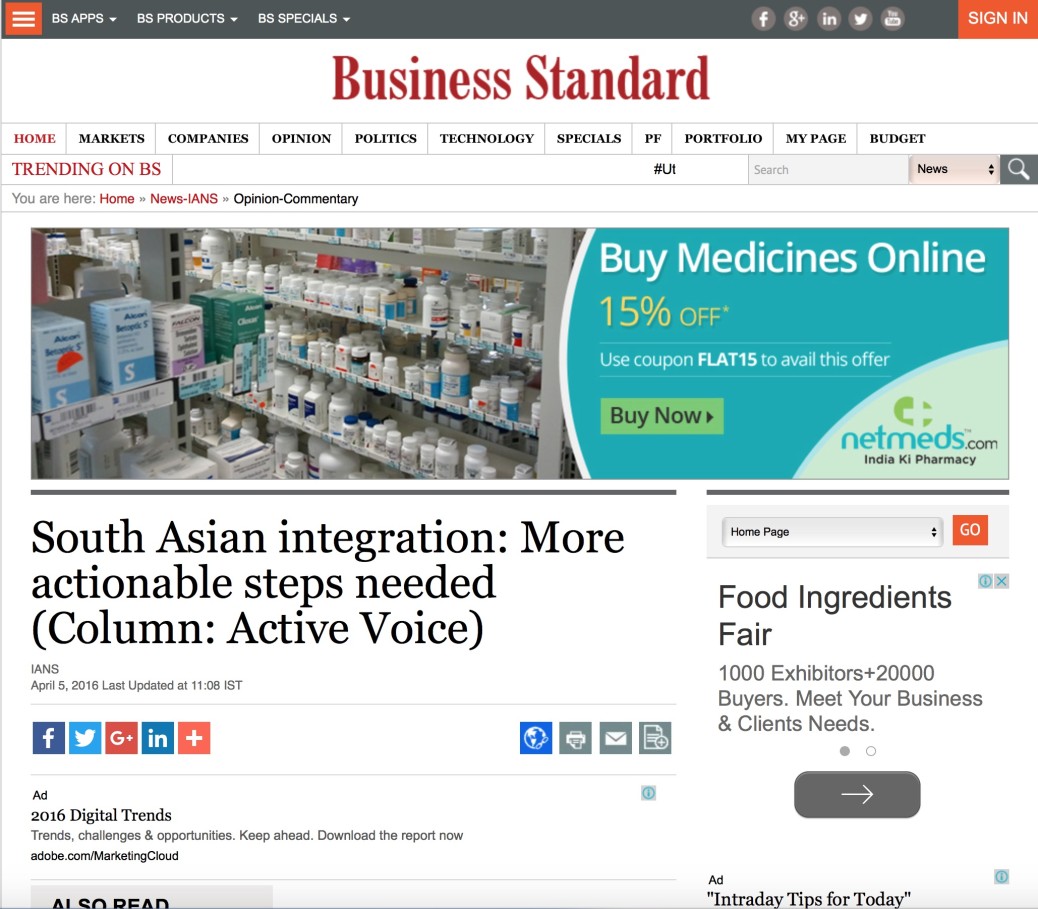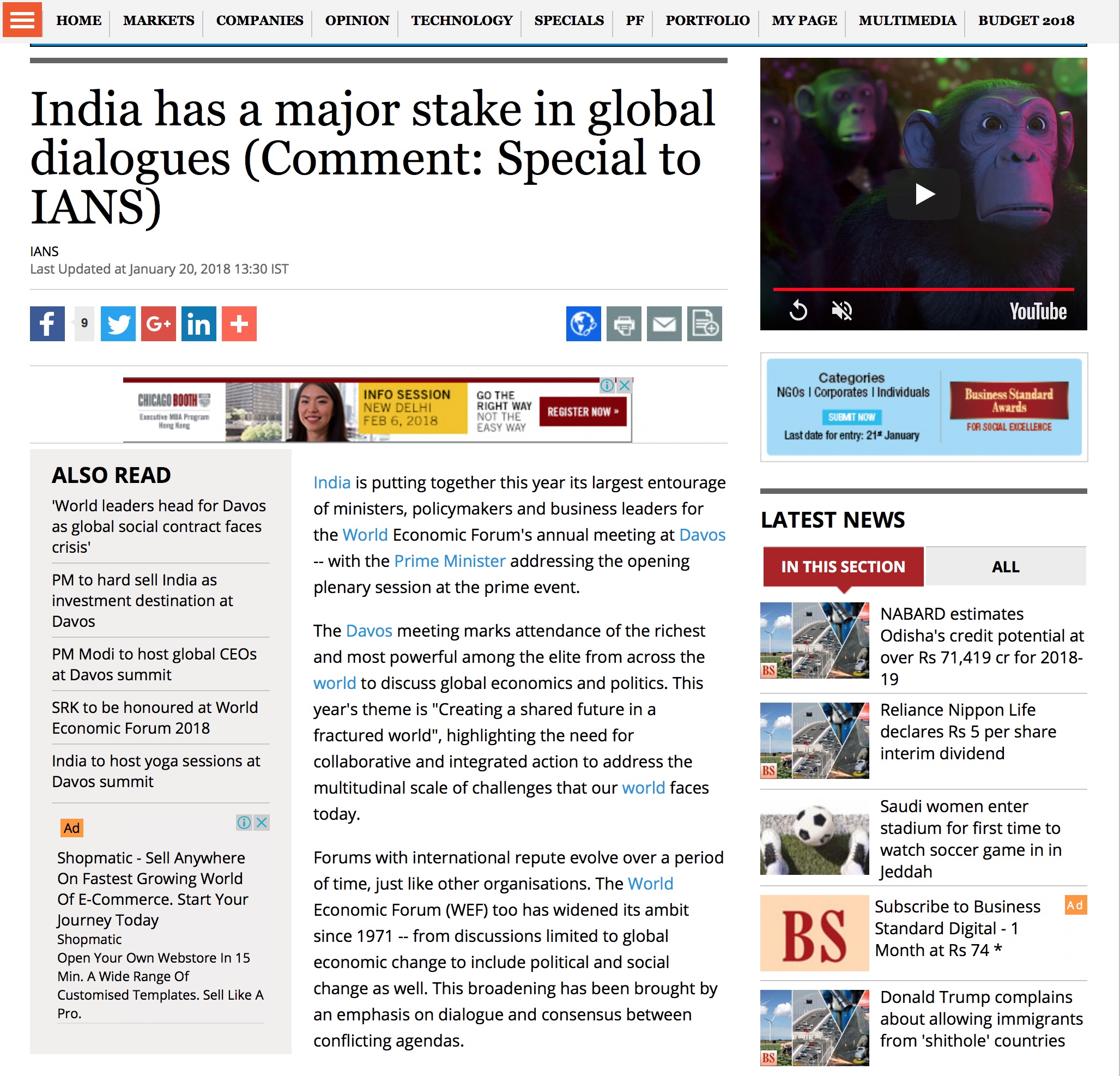The Signal in the Noise: Using the Best Data to Combat COVID-19 in India
It is impossible to truly quantify a human tragedy like the COVID-19 pandemic. Abstract data sets can never fully measure the real toll that the Coronavirus has inflicted; however, various metrics are used to estimate the progression of the pandemic. The sheer amount of data compiled can be a burden on policymakers, scientists, and citizens who attempt to distinguish a true signal from the noise of incomplete data. India now faces the grave economic consequences of the global economic shutdown and must make important choices in its recovery that are based on often incomplete data. It is critical therefore to prevent biases when interpreting these data sets in order to craft effective policy that can be easily communicated to reduce disconcertment regarding COVID-19. Currently, due to various government policies, there has been a slowdown in the infection rate of COVID-19 in India. However, there are various biases that exist in data collection and interpretation that may cause inadequate judgment which leads to faulty predictions.
The Two Key Indicators:
There are two key indicators that drive policymaking in the world of COVID-19: Infection Fatality Rates (IFR) and Case Fatality Rates (CFR). CFR is used to measure the severity of a disease and is the comparison between the confirmed number of deaths over the number of diagnosed cases. As of Monday, May 19th India’s CFR is 3.07%. The IFR is the proportion of deaths compared to the number of those infected. The IFR encompasses a broader range, including deaths from cases that aren’t officially diagnosed with COVID-19, so is much harder to determine. Typically, these two values indicate the progression of the virus. However, there are many variables that may influence the calculation of IFR and CFR that may hinder their accuracy. For example, these metrics rely upon having a large sample of confirmed cases, but without large-scale testing, they are difficult to determine.
Systematic Estimation Bias:
In the middle of an active outbreak when surveillance data is the primary source of information, estimating and communicating these quantities involves compensating for biases. Due to the sense of urgency to gather data and scale-up a response simultaneously, datasets assembled during emergencies, such as the current pandemic, are especially prone to include systematic estimation bias.
Many decision-makers, from public health organizations, local, state, and national governments must allocate scarce resources to populations especially susceptible to death during this pandemic and communicate these risks. To optimize these efforts, highlighting and compensating for biases in data sets will bolster India’s pandemic response efforts. Thus the goal is not to perfectly estimate IFR and CFR calculations, but provide a rapid iteration process to identify and overcome key biases in order to quickly generate newer and more accurate numbers. Most people would simply like to know how likely a person is to die if they are infected. Therefore, it is critical to have good estimates of the proportion of fatal infections of COVID-19.
The Testing Bias:
Testing is an important component in the efficacy of India’s strategy to overcome COVID-19 and prevent biases. As of May 20th, of India’s 1.3 billion people, approximately 2,512,400 have been tested. As a virus hotspot, Telangana conducted only about 3,500 tests in the first two weeks of May. Without widespread testing, asymptomatic and mild clinical cases will go undetected, which will negatively affect the calculation for total confirmed cases. Senior scientists suggest that asymptomatic or undetected cases could be 10 times the total amount projected, meaning key metrics will be dangerously inaccurate. Random testing may be the best method to capture the number of infected individuals that are asymptomatic since there is no other concrete way to quantify that amount.
Currently, diagnostic tests are only administered to patients with a doctor’s recommendation. These restrictions might only confirm a diagnosis and overlook individuals with milder symptoms, thus negatively impacting the accuracy of key mortality indicators. Redefining restrictions on testing requirements and utilizing cutting edge rapid COVID-19 testing centers will increase the scope of capturing more data. Private Indian firms suffered from getting the approval from the government for antibody tests before May 16th. Fortunately, the situation has been improved. The India based company, Medsource Ozone, has created rapid testing kits that reduce the amount of time to administer the COVID-19 test. Innovations like this have allowed India to increase its testing capacity to over 100,000 tests a day, which is certainly a step in the right direction.
Key Indicator Metric Comparisons Bias:
Another bias that may hinder effective public policy against the COVID-19 pandemic is comparing key indicators such as IFR or CFR in India with those from other countries. We must keep in mind the fact that each country has different diagnostic thresholds and testing strategies along with completely different demographics, population densities, and socioeconomic variables. The comparison between IFR and CFR metrics from China and India would be an example of metric comparison bias. The issue is that China and India are very different in their use of COVID-19 strategies, demographics, and government structure thus values derived in this way are not comparing apples to apples.
There is a deep well of talent in India from which to draw the best strategies for dealing with public health emergencies. But if we ignore biases in data sets and analysis it will hamper the efforts to defeat the virus. Policymakers and scientists are tasked to find harmony in the dissonance of data in order to compose effective and accurate strategies to combat the pandemic. Developing an iterative framework would allow the discovery of possible biases and interpret data regarding progress against the COVID-19 virus. They could then shape better public policy, and communicate more effectively with the people of India.
The article was published with Economic Times on May 24, 2020.
























